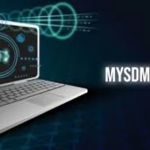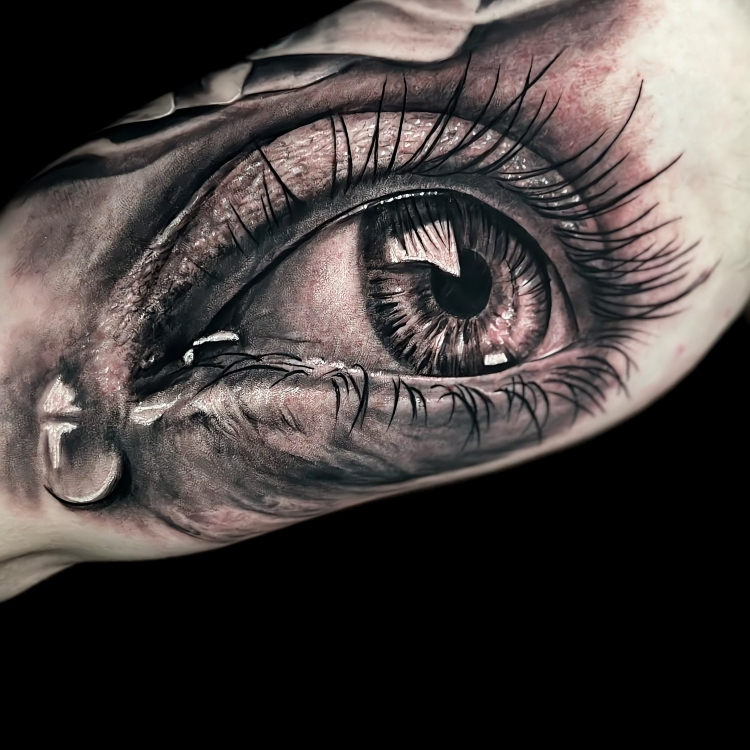Introduction to Eye Tracking and User Experience Design
Welcome to the fascinating world where technology meets human behavior – the realm of eye tracking in user experience design! Have you ever wondered how our eyes navigate through a website or app, guiding us effortlessly from one element to another? In this blog post, we will delve into the importance of eye tracking technology in shaping exceptional user experiences. Join us on this enlightening journey as we uncover the science behind eye tracking and explore its pivotal role in creating intuitive and engaging digital interfaces.
The Science Behind Eye Tracking Technology
Eye tracking technology is a fascinating field that delves into the intricate workings of the human eye. By using specialized equipment, such as infrared cameras and sensors, eye trackers can accurately monitor where a person’s gaze falls on a screen or physical object.
The science behind this technology lies in understanding how our eyes move and fixate on specific points of interest. It involves complex algorithms that analyze data in real-time to create heatmaps and gaze plots, revealing valuable insights into user behavior.
Through precise measurements of pupil dilation, saccades (rapid eye movements), and fixation points, researchers can uncover patterns in visual attention and cognitive processes. Eye tracking provides crucial information for UX designers by showing what elements capture users’ attention the most effectively.
By incorporating scientific principles like ocular motor control and visual perception, eye tracking technology enhances our understanding of user interactions with digital interfaces. This cutting-edge tool offers valuable data-driven solutions for optimizing user experience design strategies.
Role of Eye Tracking in User Experience Design
This technology plays a crucial role in user experience design by providing valuable insights into how users interact with digital interfaces. By analyzing where users look and for how long, designers can optimize the placement of key elements on a webpage or application to enhance usability. This technology helps identify areas that attract the most attention, allowing designers to prioritize important content.
Understanding user gaze patterns can also lead to improved information hierarchy, ensuring that vital information is easily accessible and not overlooked. Eye tracking data enables designers to make informed decisions about layout, navigation, and visual elements based on real user behavior rather than assumptions.
Moreover, This technology helps uncover usability issues that may go unnoticed through traditional methods such as surveys or interviews. By observing natural interactions in real time, designers can pinpoint areas of confusion or frustration and make necessary adjustments to improve overall user experience.
Incorporating eyes tracking into UX design processes empowers designers to create more intuitive and engaging interfaces tailored to the needs and behaviors of their target audience.
Benefits of Using Eye Tracking in UX Design
This technology offers numerous benefits in the field of user experience design. By analyzing where users look on a screen, designers can gain valuable insights into how they interact with websites and applications. This data allows for more informed decisions when it comes to optimizing layouts, content placement, and overall usability.
One major advantage of using eye tracking is the ability to identify areas of a design that may be overlooked or confusing to users. By understanding what catches their attention first, designers can prioritize important information and improve the overall flow of a website.
Furthermore, eye tracking helps in creating more intuitive interfaces by ensuring that key elements are easily accessible and prominently displayed. Designers can fine-tune navigation menus, call-to-action buttons, and other interactive components based on where users naturally focus their gaze.
Incorporating eye tracking technology into UX design processes leads to better user engagement, increased conversion rates, and ultimately higher customer satisfaction levels.
Best Practices for Implementing Eye Tracking in UX Design
When implementing eye tracking in UX design, it is crucial to consider the specific goals and objectives of your research. Clearly define what you aim to achieve with the data collected through this technology.
Ensure that participants are comfortable during the eye tracking session by providing clear instructions and minimizing distractions in the testing environment. This will help ensure accurate and reliable data collection.
Choose appropriate eye tracking hardware and software that align with your project requirements. Consider factors like accuracy, sampling rate, and compatibility with other tools used in your UX design process.
Prioritize user privacy and consent when using this technology. Be transparent about how data will be collected, stored, and used to build trust with participants.
Regularly calibrate the eye tracking system to maintain accuracy throughout the testing process. Monitor for any technical issues or discrepancies that may affect the quality of data collected.
Collaborate closely with researchers, designers, and stakeholders to analyze and interpret the insights gathered from eye tracking studies effectively. Use these findings to optimize user interfaces for improved usability and engagement.
Case Studies: Real-life Examples of Successful Eye Tracking
Case studies showcasing successful implementations of eye tracking in user experience design offer valuable insights into how this technology can revolutionize the way we understand user behavior. One such case study involves a major e-commerce platform that used this technology to optimize their product pages, resulting in a significant increase in conversion rates. By analyzing where users were looking on the page, they were able to strategically place key information and call-to-action buttons for maximum impact.
In another example, a popular mobile app utilized eye technology to improve the placement of ads within their interface. Through heatmaps generated by eye tracking data, they identified prime locations for ad placements that attracted more attention from users without disrupting their overall experience. This led to higher click-through rates and increased revenue for the app.
These real-life examples demonstrate the power of eye technology in enhancing user experience design and driving tangible results for businesses across various industries.
Implementation
When it comes to implementing eye tracking in user experience design, there are a few key steps to keep in mind. First and foremost, it’s crucial to clearly define your objectives and goals for using eye technology. Whether you’re looking to optimize website layouts or improve product usability, having a clear plan will help guide the implementation process.
Next, selecting the right eye tracking hardware and software is essential. There are various options available on the market, each with its own set of features and capabilities. It’s important to choose tools that align with your specific needs and budget constraints.
Once you have your equipment in place, conducting thorough testing sessions with real users is vital. This will provide valuable insights into how people interact with your designs and where improvements can be made. Analyzing the data gathered from these sessions will help inform decision-making throughout the design process.
Don’t forget about ongoing evaluation and refinement after initial implementation. User behaviors and preferences can change over time, so it’s crucial to continuously monitor and adapt your designs accordingly for optimal user experience.











